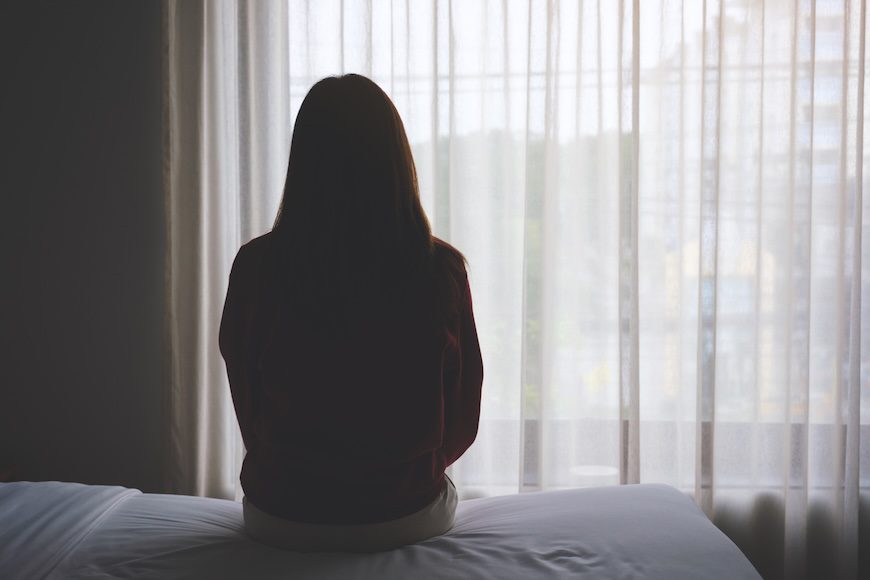Most Americans will be thrilled when the COVID emergency officially comes to an end on May 11, 2023. The U.S. is heading toward a better place than it was three years ago when the public health emergency declaration(PHE,) was put in place to help contain the spread of the novel coronavirus.
The PHE allowed the U.S. Department of Health & Human Services (HHS) to relax some of the regulations that usually govern healthcare and medicine. This made it easier for clinicians to respond to the pandemic in real time. When these COVID-era policies expire, some rules will be reinstated.
Telehealth Treatment Safety During the COVID-19 Pandemic
Privacy Concerns Mount Over Telemedicine Company
User Perception of Telephone-Based Telepsychiatry
In Person Visits Must Resume
One of the most consequential measures set to change for psychiatrists involves buprenorphine, an opioid that prevents the debilitating withdrawal symptoms from other opioids. Research has found that the drug more than halves the risk of overdose in people recovering from opioid addiction.
Pre-COVID, the Ryan Haight Act required an in-person medical evaluation before a physician could prescribe controlled substances such as buprenorphine through telehealth. During the PHE, HHS waived the mandatory face-to-face requirement. Additionally, the United States Drug Enforcement Administration (DEA) allowed for tele-evaluations so long as they were audio-visual, real-time, and involved a two-way interactive communication.
But when the PHE expires, the Ryan Haight Act goes back into effect.
This means physicians must see patients in the office at least once prior to prescribing or renewing a controlled substance. Patients who were seen in person prior to or during the PHE, but have their medications prescribed by another practitioner, must also be seen live by the new prescribing practitioner within two years of the last in-person visit.
Not even close to excited trying to fit all my patients on stimulants, sleep meds (controlled ones), and benzos in for an in person visit by may 11, if they still want refills.
Remember that burnout thing I talk about? Yeh. This is how you get there. @DEAHQ
— Jessi Gold MD MS (@drjessigold) March 13, 2023
A Possible Reprieve
There is, however, some potentially good news for psychiatrists who treat substance abuse disorders.
The DEA may allow telehealth providers to continue prescribing controlled drugs after the PHE concludes. A Substance Abuse and Mental Health Services Administration (SAMHSA) proposed rule would also continue expanded access to common treatment options including medications for opioid use disorder–or MOUD for short–including buprenorphine and naltrexone, as well as counseling without medication.
If this measure is adopted, clinicians could use telemedicine to order an initial 30-day supply of medications. Patients would still need an in-person evaluation to get a refill but their physicians could at least get them started on treatment as they work through scheduling details.
“DEA is committed to ensuring that all Americans can access needed medications,” said DEA Administrator Anne Milgram in a statement. “The permanent expansion of telemedicine flexibilities would continue greater access to care for patients across the country, while ensuring the safety of patients. DEA is committed to the expansion of telemedicine with guardrails that prevent the online overprescribing of controlled medications that can cause harm.”
The same DEA proposal would tighten control for other drugs commonly used in psychiatry, including adderall, ritalin, and oxycodone. Patients seeking those medications would need to see a doctor in person for an initial prescription.
Other PHE Changes To Come
A number of other PHE flexibilities will remain through at least 2024. For example, Medicare beneficiaries will still be allowed to delay the in-person visit requirement before scheduling mental health services via telehealth. Provisions for some audio-only services will stay in place as well.
There is also a proposal for Medicare to extend some exemptions for critical access and rural hospitals. Easing the 25 inpatient bed limit helped manage the influx of COVID patients that pushed many hospitals past capacity during the height of the pandemic. The American Hospital Association, among other medical organizations, is onboard with making this change permanent.
In the meantime, HHS strongly encourages practices to begin scheduling in-person appointments before the end of the PHE to manage workloads and mitigate risks to patients, and to review the full list of upcoming changes and regulations.



